Alan Titchmarsh: The ultimate flower for the lazy gardener
Penstemons are easy to grow, hardy, and flower for months — even the slugs don't both them. They might just be the perfect border perennial, says Alan Titchmarsh.

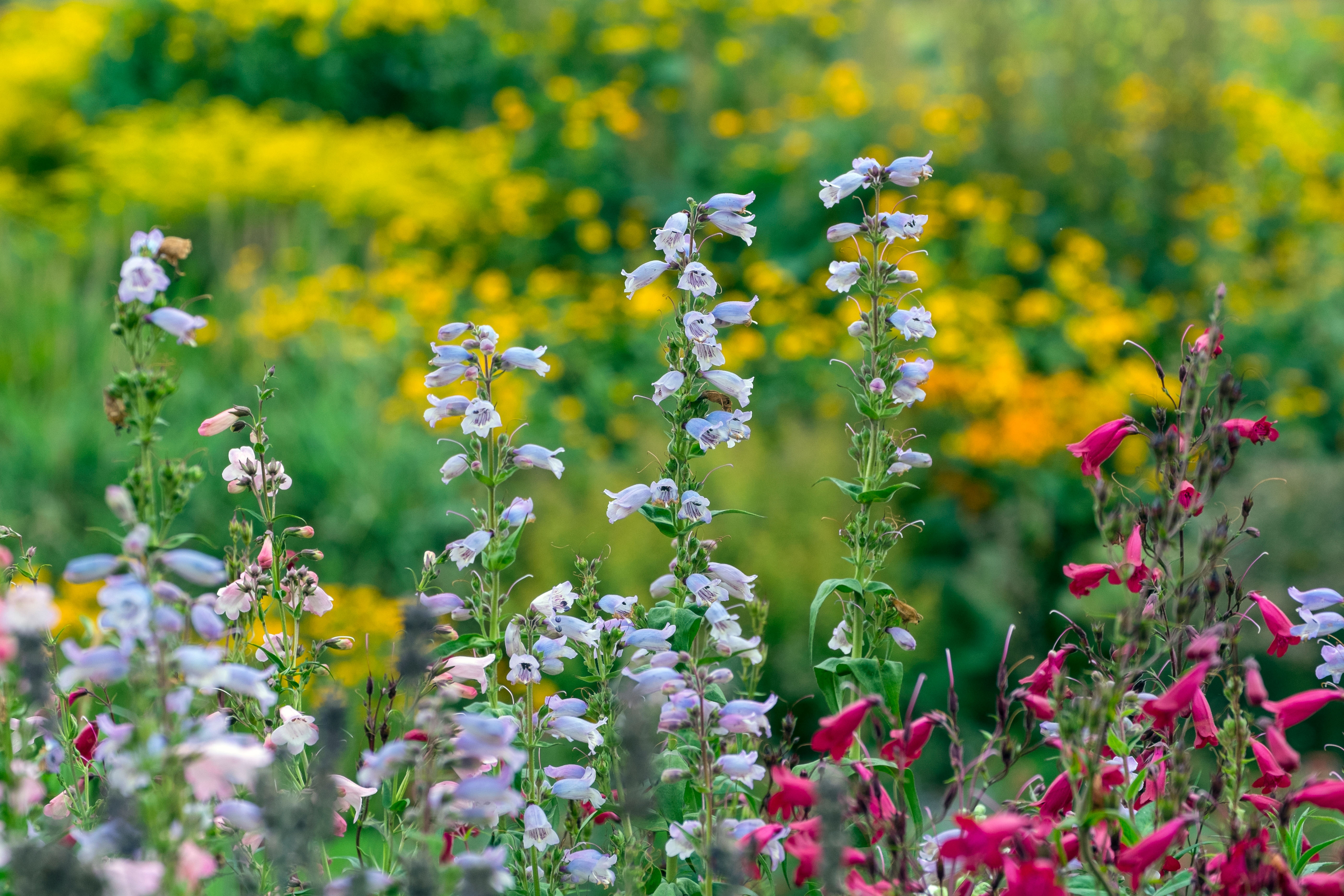
In the same way that many people seem to want a fast-growing shrub offering year-round interest and which stops growing when it reaches a manageable height, so they also ask for a border perennial that is tough, easy to grow, happy in most soils, self-supporting and in bloom for as much of the year as possible.
This is a far easier proposition: choose penstemons.
Time was when these elegant, spire-forming plants were regarded as too tender to survive the British winter outdoors, but, although some insurance in the form of rooted cuttings is always advisable, only in the severest of winters and in the most exposed parts of the UK will low temperatures and soggy soil wipe them out completely nowadays. That said, it seems to me that there is an interesting correlation in that the broader and softer the leaf, the less hardy a particular variety will be.
Mercifully this does not apply to the vast majority, which have glossy, linear leaves and will easily last three seasons before becoming so overcrowded and woody as to be best replaced by youngsters raised from cuttings.
'I can think of no plant that offers so much in the way of floral spectacle for such a small outlay in terms of effort on the part of the gardener'
Division of established clumps is possible, but cuttings are so easy to root that the effort is minimal and the reward ample. One mature plant will yield at least a dozen shoot-tip cuttings (try to find flowerless shoots for propagation purposes, although due to their floral generosity you will be hard pressed to do so).
In sandy compost, they will root in a few short weeks and can be potted up and grown on a little before being planted out. Cuttings taken in late summer can be overwintered in a frost-free greenhouse or frame for planting out the following spring.
I am racing ahead. Bed out healthy young plants at any time from late May until July, so that they can establish their root systems well before winter. They love full sun and almost any half-decent soil. There is no need for lashings of garden compost or manure, which will encourage excessive leafy growth. A modest amount of organic enrichment will ameliorate poor soils and a sprinkling of blood, bone and fishmeal at planting time, and another during the growing season, will keep them deliriously happy.
Exquisite houses, the beauty of Nature, and how to get the most from your life, straight to your inbox.
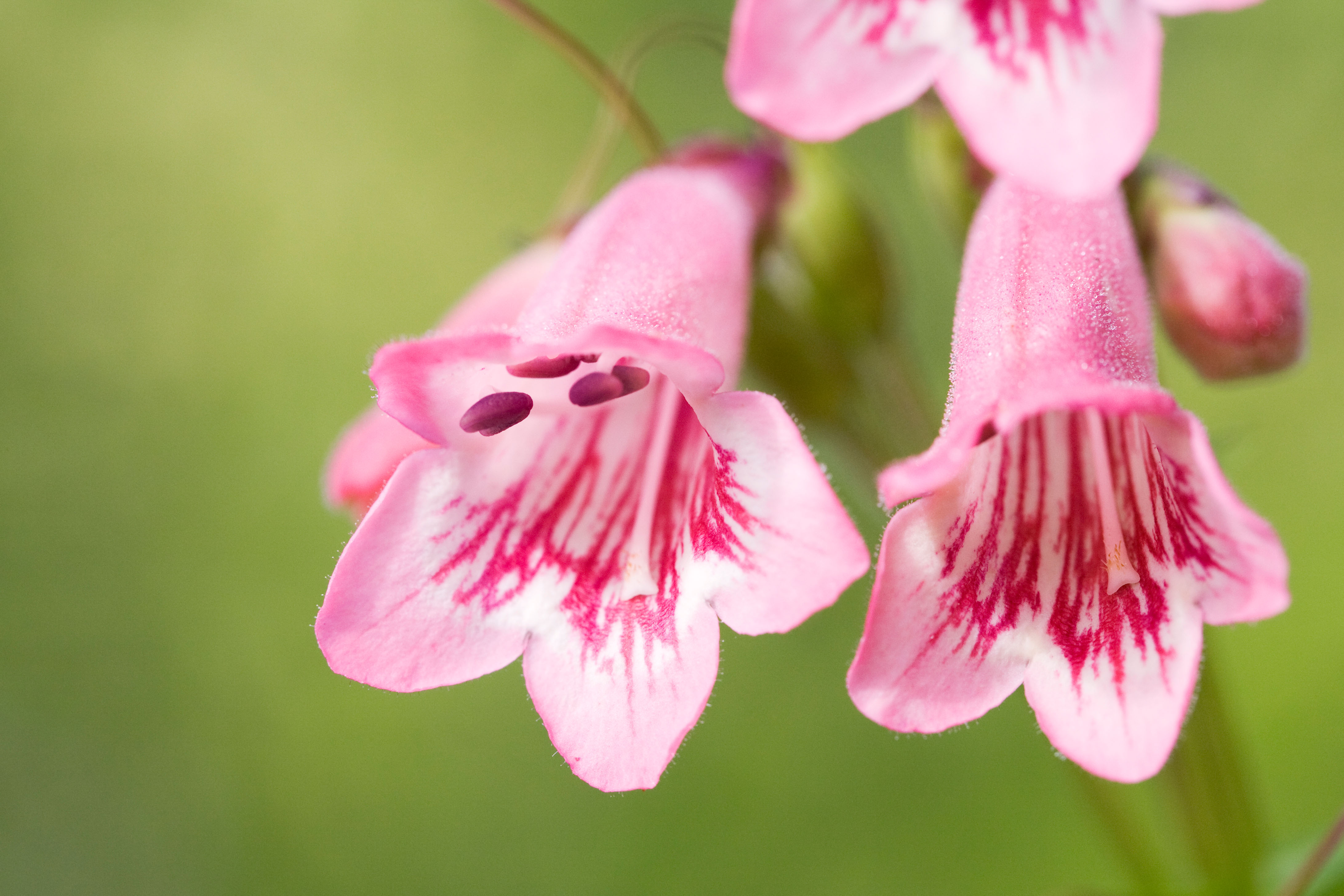
Their greatest attribute is to flower almost continuously from June until the frosts and to produce their elegant foxglove-like spires of bloom without needing anything in the way of support unlike those towering species of Digitalis, which do so love to flop.
This willingness to keep blooming makes penstemons really useful additions to the late-summer border and their colour range is wide enough to allow them to fit into any scheme. From white, through pale and dark pinks to crimson, deep wine-red, purple and even blue-lilac in the case of that popular variety Sour Grapes, which is also sold under the name of Stapleford Gem. (There are, it seems to me, several different strains masquerading under this name with flowers of pale purple and varying amounts of grey-green — try as many as you have room for.)
My own favourite variety is that formerly known as Garnet, now correctly (if less euphoniously) known as Andenken an Friedrich Hahn. I have nothing against the Hahn family, but it does make the plant harder to ask for in a nursery. Its flowers are a wonderfully vibrant shade of garnet-red.
Try, also, Blackbird and Raven, both of which have deep purple flowers. Osprey is white, with bells broadly edged with dusky pink, and the soft pink Apple Blossom has a pronounced white throat — a feature common to many varieties to a greater or lesser degree.
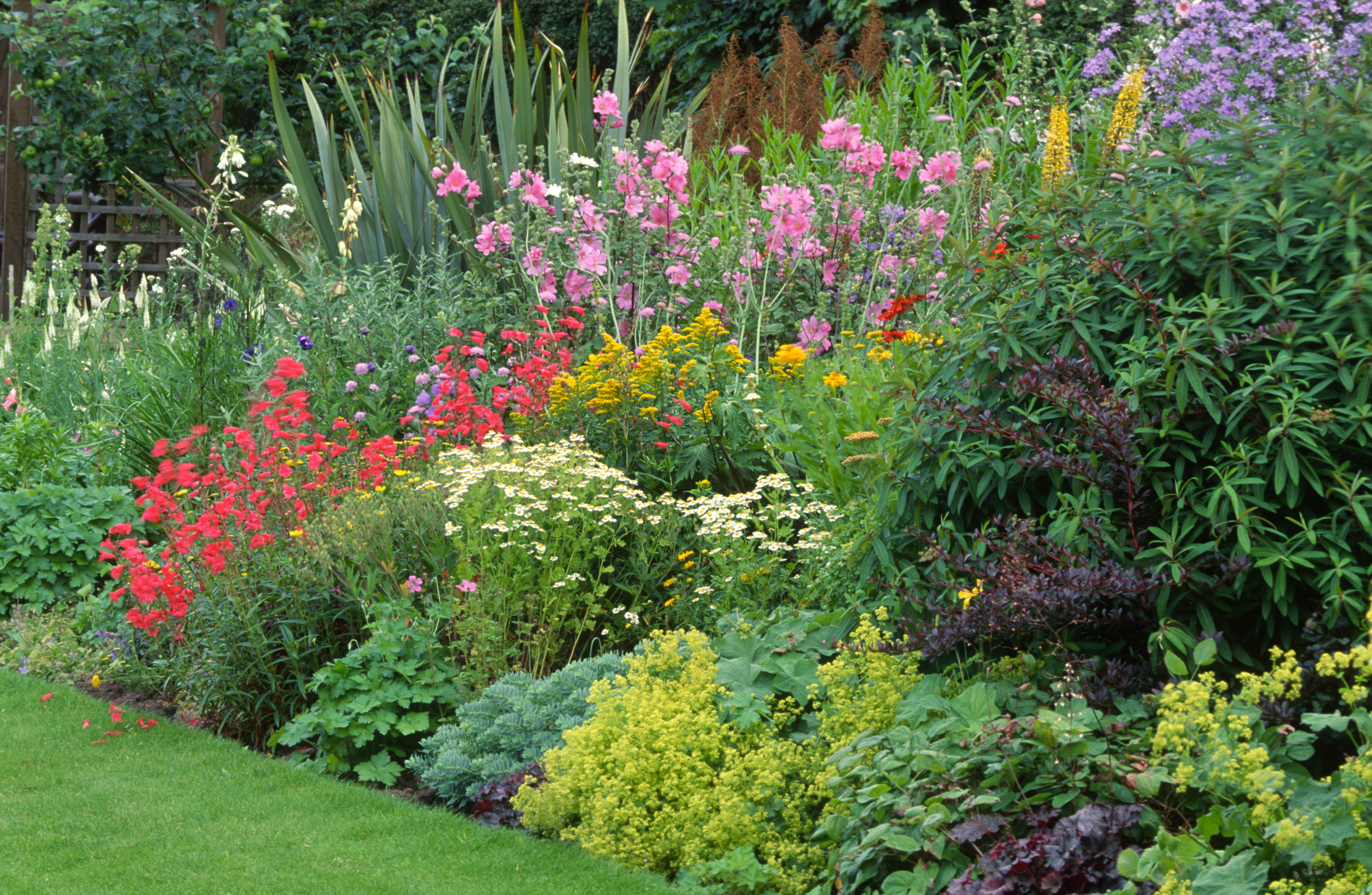
All penstemons grow to about 18in or 24in high and are great for cutting for the house. Slugs seldom worry them in the garden, which is another point in their favour.
I tend to shorten the leafy stems of my penstemons by about one-third in autumn, simply to reduce wind rock. Leave the rest in place to act as frost protection (a mulch around the base of the plant will also offer a degree of insulation in colder parts of the country). Cut back the stems to vigorous young shoots springing up from the stem bases in April when the severest weather is past and they will quickly re-establish themselves and get on with the serious business of flowering once more. Lazy gardeners who leave them be will discover that they do eventually exhaust themselves and become overly woody.
At the front or middle of a border, I can think of no plant that offers so much in the way of floral spectacle for such a small outlay in terms of effort on the part of the gardener. They are, in short, national treasures.
And the ideal shrub? I’m still working on it.
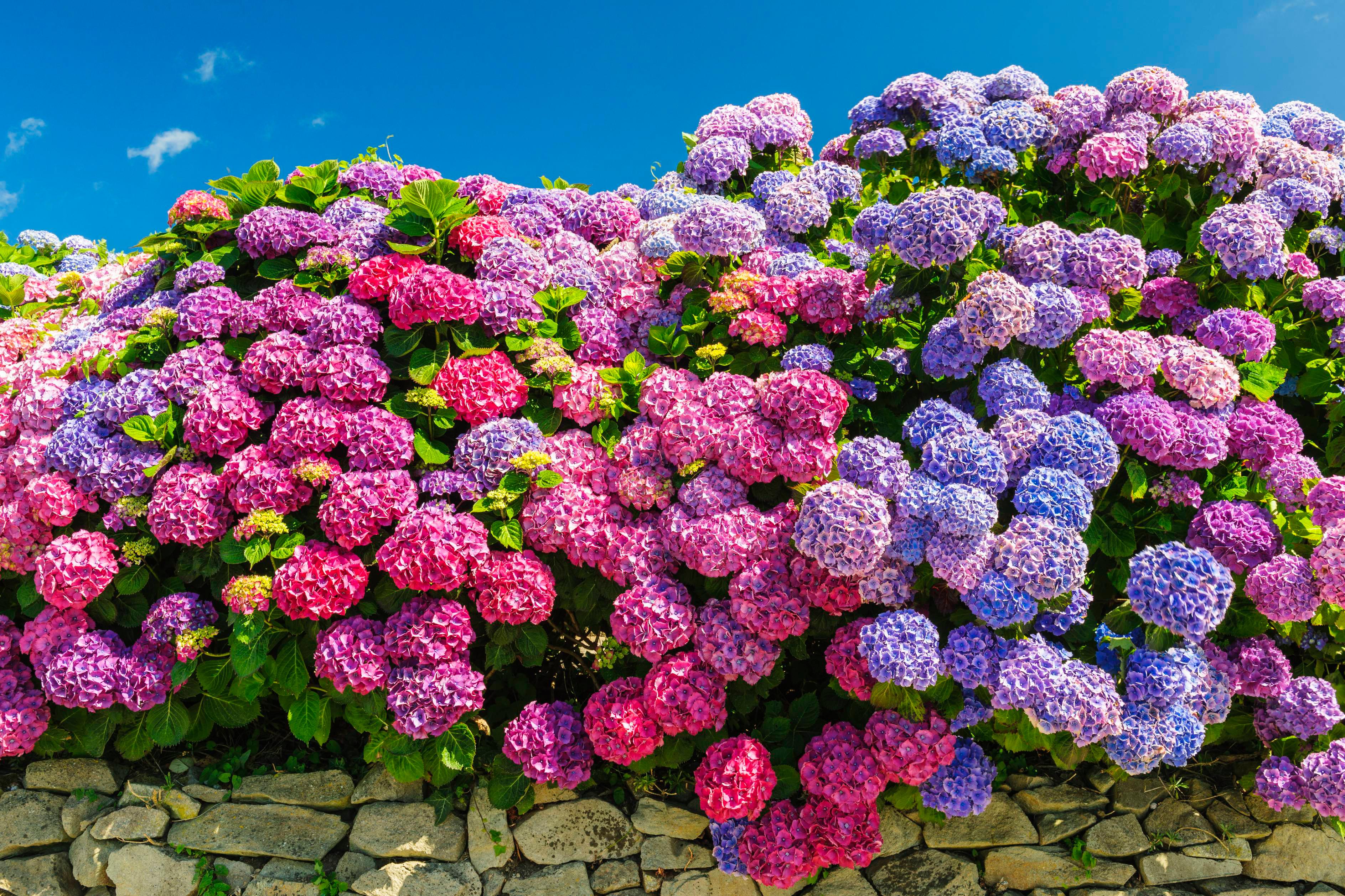
Alan Titchmarsh: Forget what the neighbours might think — it's time to end gardening's strangest taboo
We love to see flowers, to smell fresh blooms and to listen to the wind in the trees — but far
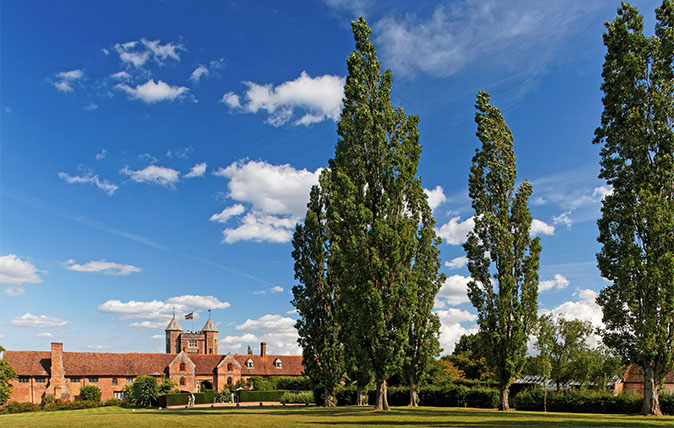
Credit: Alamy
Alan Titchmarsh: 'Why on earth haven’t I done this before? There’s an extra spring in my garden's step'
Alan Tichmarsh explains how the Sissinghurst gardens inspired him to update his own.
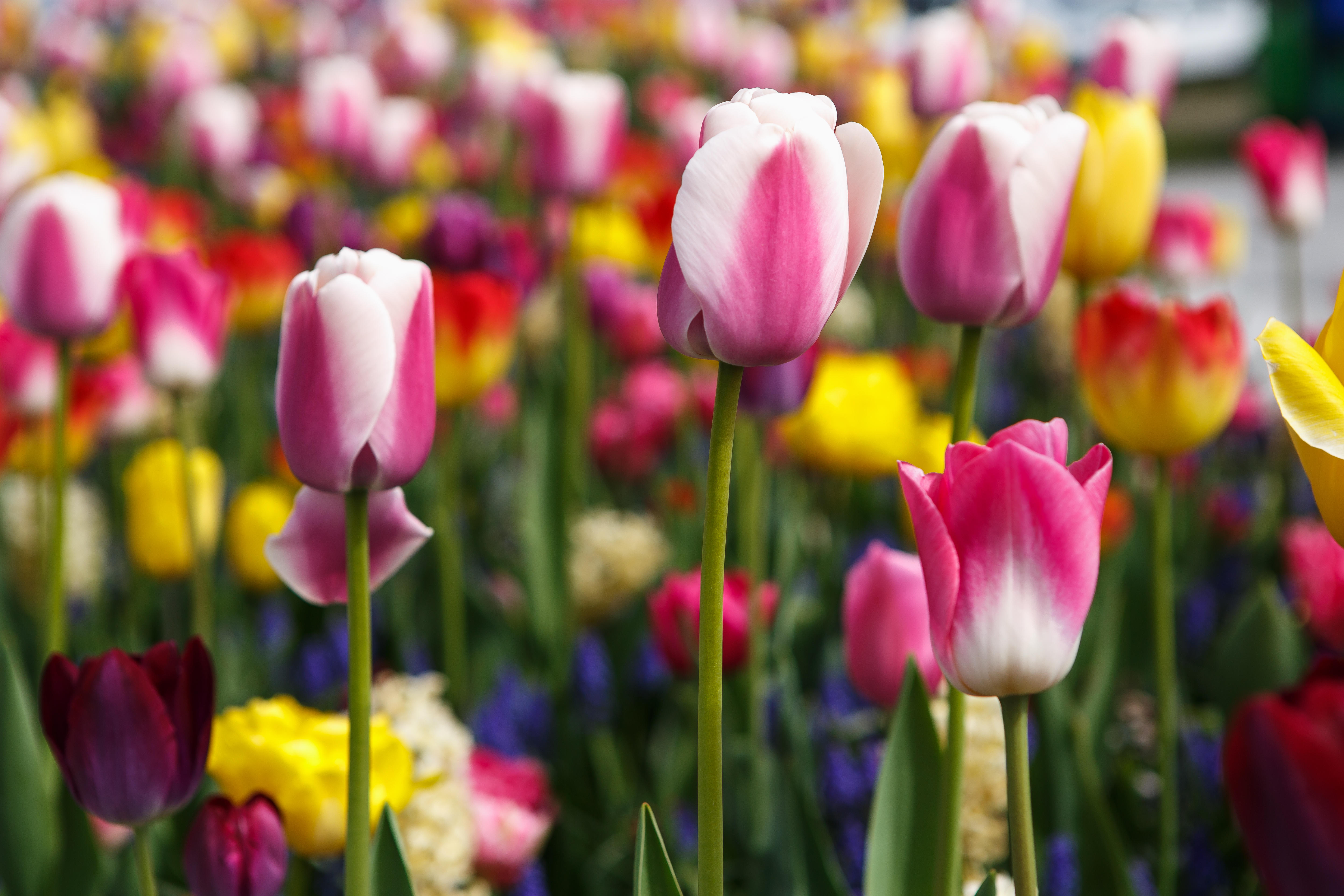
Credit: Alamy
Alan Titchmarsh: The best time of year to plant tulips
Alan Titchmars on planting tulips - and avoiding the grind of removing and storing bulbs every year.
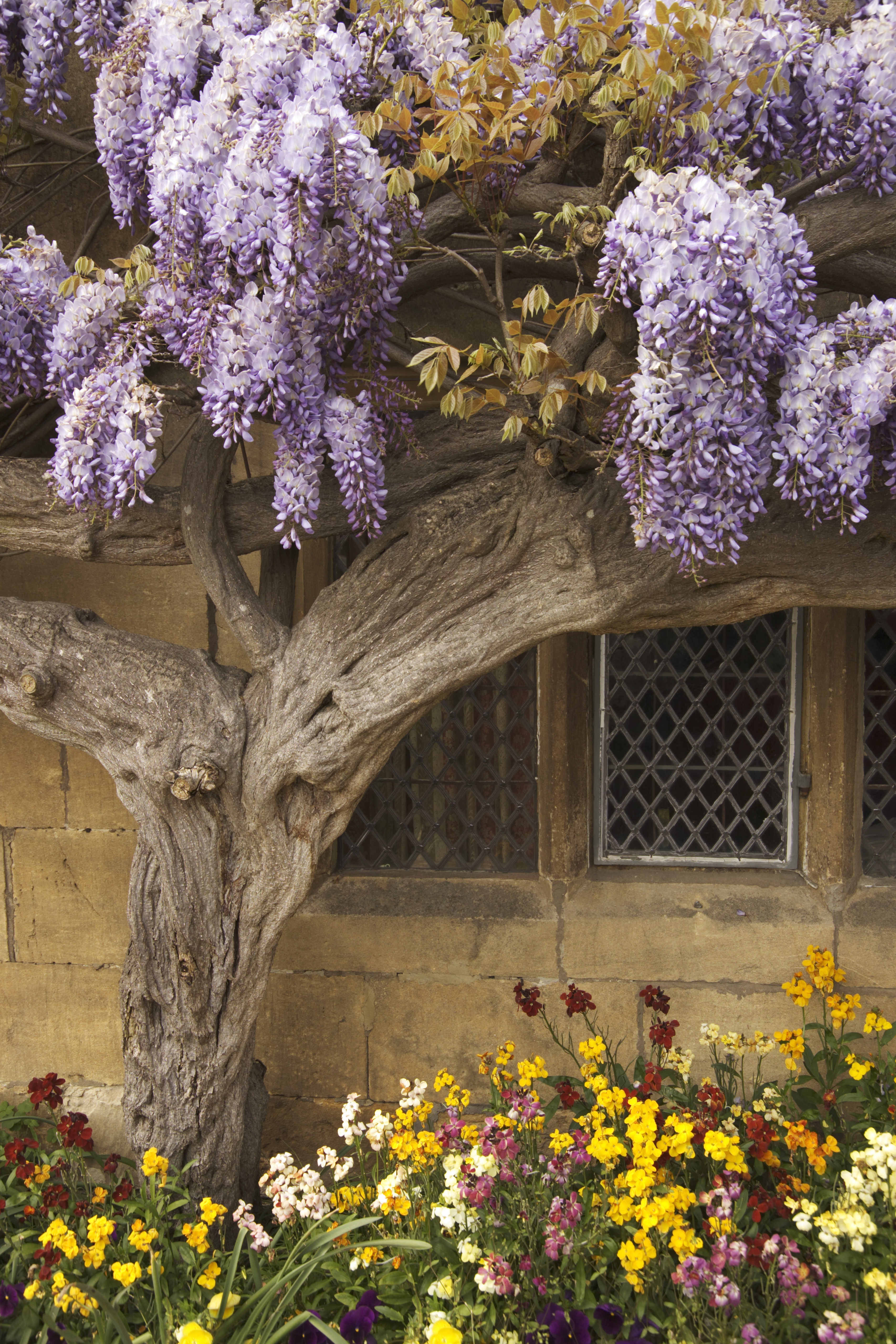
Credit: Getty
Alan Titchmarsh: A foolproof guide to growing wisteria
If you've been enviously eyeing the extraordinary wisteria on display across Britain this summer and wondering how you can grow
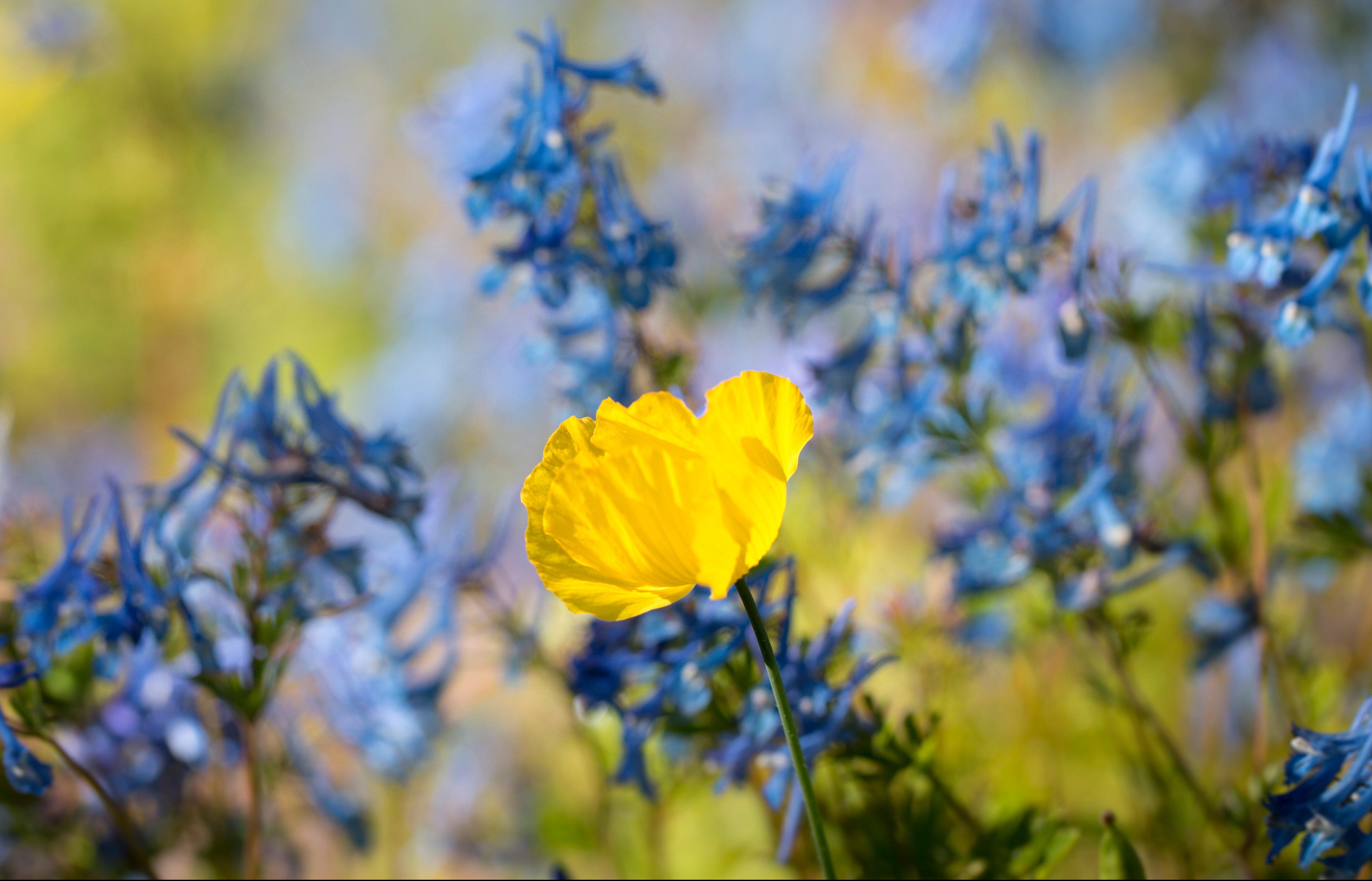
Alan Titchmarsh: The weeds I welcome with open arms
Our columnist Alan Titchmarsh used to spend hours ridding his garden of anything he hadn't planted himself. These days he
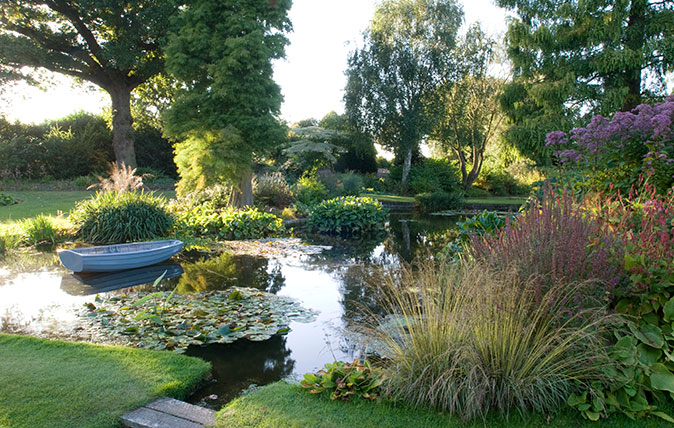
Alan Titchmarsh: How to keep a perfect pond
Alan Titchmarsh says that now is the time to clear out the weeds and keep your pond in top condition
Alan Titchmarsh is a gardener, writer, novelist and broadcaster.
